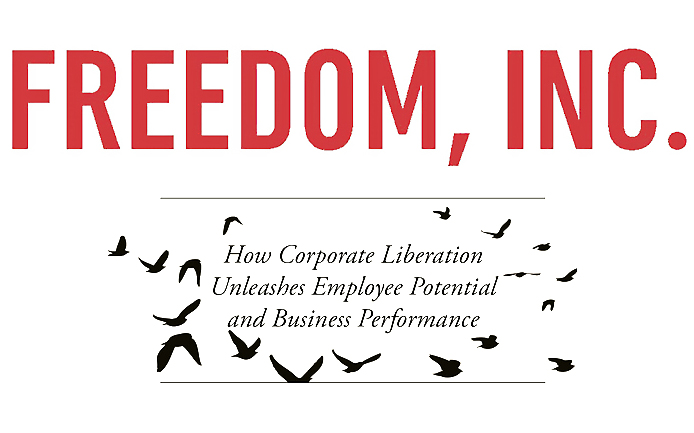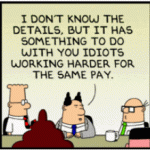Motivating people: Getting beyond money
M. Dewhurst, M. Guthridge, & E. Mohr
NOVEMBER 2009 Companies around the world are cutting back their financial-incentive programs, but few have used other ways of inspiring talent. We think they should. Numerous studies1 have concluded that for people with satisfactory salaries, some nonfinancial motivators are more effective than extra cash in building long-term employee engagement in most sectors, job functions, and business contexts. Many financial rewards mainly generate short-term boosts of energy, which can have damaging unintended consequences. Indeed, the economic crisis, with its imperative to reduce costs and to balance short- and long-term performance effectively, gives business leaders a great opportunity to reassess the combination of financial and nonfinancial incentives that will serve their companies best through and beyond the downturn. A recent McKinsey Quarterly survey2 underscores the opportunity. The respondents view three noncash motivators—praise from immediate managers, leadership attention (for example, one-on-one conversations), and a chance to lead projects or task forces—as no less or even more effective motivators than the three highest-rated financial incentives: cash bonuses, increased base pay, and stock or stock options (exhibit). The survey’s top three nonfinancial motivators play critical roles in making employees feel that their companies value them, take their well-being seriously, and strive to create opportunities for career growth. These themes recur constantly in most studies on ways to motivate and engage employees.
Read further here







